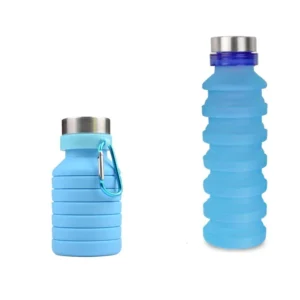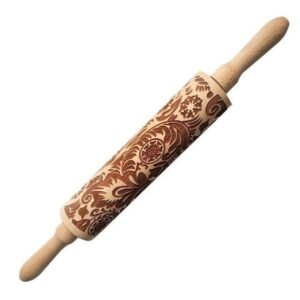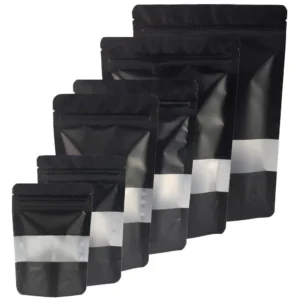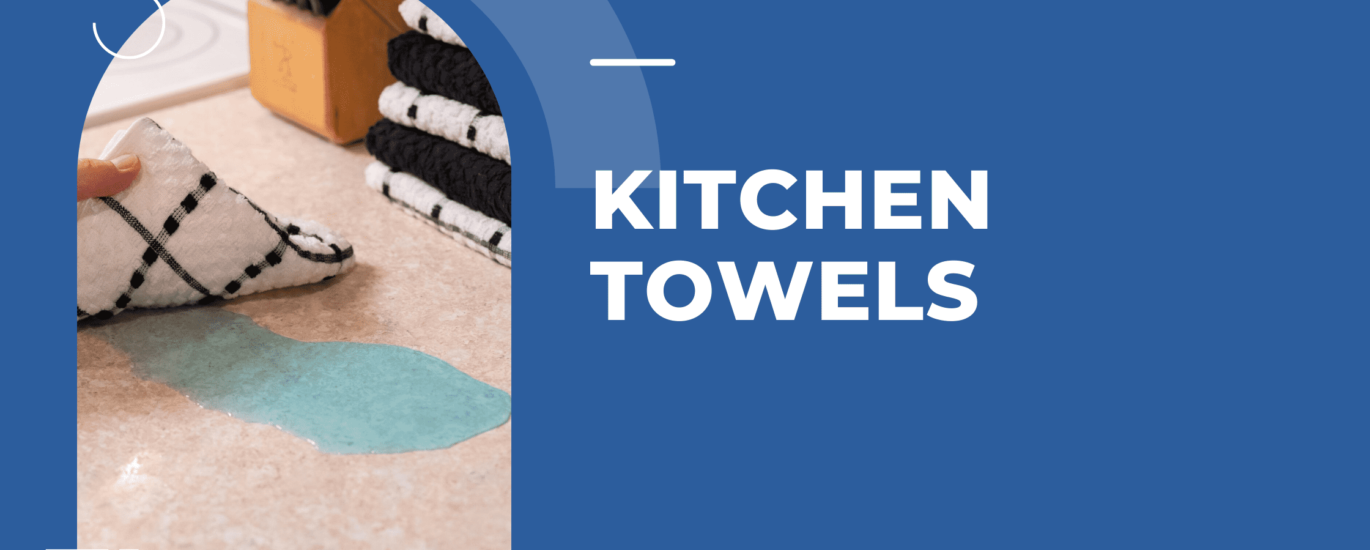Introduction
Kitchen Towels
Kitchen towels, an essential staple in any culinary space, serve multiple purposes, from keeping surfaces clean to adding a touch of aesthetic appeal. Understanding the importance of quality kitchen towels and the various types available is key to enhancing functionality and style in your kitchen.

Importance of Quality Kitchen Towels
Selecting high-quality kitchen towels is more than a matter of aesthetics; it’s about improving hygiene and efficiency in your kitchen space. Quality kitchen towels are highly absorbent, ensuring that surfaces are dried thoroughly, which is crucial in preventing the growth of bacteria. Moreover, they are durable, standing up to numerous washes without losing their functionality. Investing in quality ensures that your towels are not only reliable but also contribute to a safer kitchen environment.
Varieties of Kitchen Towels
When it comes to kitchen towels, one size does not fit all. Various tasks in the kitchen require different types of towels, including:
- Terry cloth towels: Known for their absorbency, perfect for drying dishes.
- Flour sack towels: Thin and smooth, ideal for drying produce and covering dough.
- Microfiber towels: Quick-drying and lint-free, suitable for cleaning surfaces and glassware.
Understanding the unique benefits of each type of kitchen towel ensures you are equipped for any task in the kitchen, combining efficiency with convenience.
Selecting the Right Kitchen Towels
Choosing the perfect kitchen towels involves considering various factors, each contributing to the towels’ overall functionality and aesthetic appeal in your kitchen. From the material to the size and design, each aspect plays a crucial role in ensuring you have towels that serve their purpose effectively while adding to the overall charm of your kitchen space.
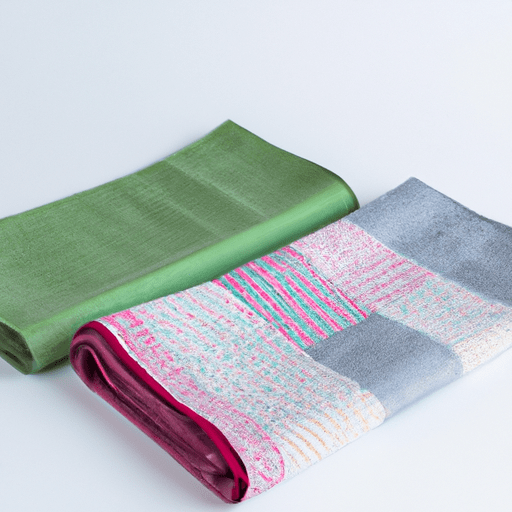
Material Matters: Cotton, Microfiber, and More
The foundation of a good kitchen towel is undoubtedly the material it’s made from. The right fabric can make a difference in absorbency, durability, and comfort.
- Cotton: Traditional and popular, known for its absorbency and softness, making it ideal for drying dishes and hands alike.
- Microfiber: A modern favorite, these towels are quick-drying and exceptionally absorbent, perfect for cleaning up spills efficiently.
- Linen: Valued for its natural resistance to bacteria and lint-free finish, best for polishing glassware or covering food.
Choosing towels with the right material enhances your kitchen’s efficiency, ensuring each task, from drying to cleaning, is handled with ease.
Size and Absorbency: Getting It Right
When it comes to kitchen towels, size and absorbency are key. Standard towels measure about 16 by 28 inches, offering ample coverage for routine kitchen tasks. However, the choice ultimately depends on personal preference and specific needs.
| Towel Type | Ideal Size | Best Use |
|---|---|---|
| Dish towels | 28×20 inches | Drying dishes, hands |
| Tea towels | 30×20 inches | Serving, wrapping baked goods |
| Bar mop towels | 16×19 inches | Cleaning spills, wiping counters |
Selecting the right size contributes to user comfort, while high absorbency ensures a more hygienic kitchen environment.
Style and Aesthetics: Complementing Your Kitchen Decor
Beyond functionality, kitchen towels contribute significantly to your kitchen’s decor. They provide an opportunity to accentuate the overall theme of your kitchen, whether you prefer a classic, rustic, or modern aesthetic.
- Colors and Patterns: From vibrant hues to classic neutrals, kitchen towels come in an array of colors and patterns that can complement or provide a pop of contrast to your kitchen.
- Seasonal Themes: Celebrate different seasons or holidays with themed towels, bringing a festive spirit into your space.
- Personalized Touches: Monogrammed towels or those with unique designs add a personal touch, making your kitchen truly your own.
Integrating style with functionality, the right kitchen towels can indeed make a significant difference, transforming mundane tasks into a delightful part of your culinary experience.
The Multifunctional Roles of Kitchen Towels
Kitchen towels are the unsung heroes of the kitchen, offering more versatility than meets the eye. These essential items go beyond drying, playing a pivotal role in maintaining a clean, efficient, and hygienic kitchen environment. Understanding these multifunctional roles underscores the importance of having a reliable set of kitchen towels at your disposal.
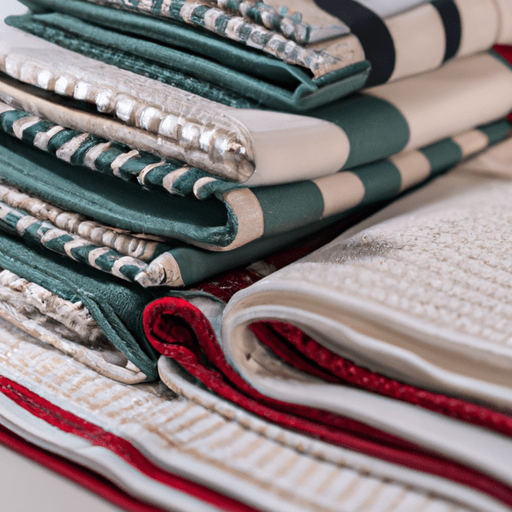
Beyond Drying: Alternative Uses
While kitchen towels are indispensable for drying dishes, they have a plethora of other uses:
- Food Preservation: Dampened kitchen towels can keep certain vegetables fresh and leafy greens crisp in the refrigerator.
- Jar Opener: Providing grip and leverage, a kitchen towel can assist in opening stubborn jar lids.
- Protective Barrier: When handling hot utensils, they can serve as a makeshift pot holder.
These alternative uses highlight the kitchen towel’s role as a multifaceted tool, integral to the daily functionality of your kitchen space.
Safety and Hygiene: Preventing Cross-Contamination
In the realm of kitchen hygiene, towels are frontline defenders in preventing cross-contamination. Here’s how:
- Separate Towels for Separate Tasks: Use different towels for drying hands, dishes, and cleaning surfaces to prevent the spread of germs.
- Regular Washing: High-temperature washes kill bacteria, making it safe to use the towels again.
- Proper Storage: Ensure towels are completely dry before storing to prevent the growth of mold and bacteria.
Implementing these practices safeguards your kitchen’s hygiene, protecting your household’s health while making your culinary space a safe haven for food preparation.
Care and Maintenance Tips
Proper care and maintenance of your kitchen towels are paramount, not only for hygiene but also for their longevity. These textiles are on the front lines in your kitchen, and their upkeep requires attention to detail. By following proper washing and drying guidelines and understanding the essentials of storage and replacement, you can ensure that your towels remain an effective, safe, and aesthetic addition to your kitchen.
Washing and Drying Guidelines
Keeping your kitchen towels clean and hygienic is a top priority. Here are some key guidelines:
- Regular Washing: After a couple of uses, or after handling spills, wash your towels in hot water to eliminate germs effectively.
- Avoid Fabric Softeners: These can reduce a towel’s absorbency, making it less efficient. Opt for vinegar as a natural alternative to keep towels fresh and absorbent.
- Dry Thoroughly: Post-wash, ensure towels are completely dry before storage to prevent mildew growth.
Adhering to these practices ensures your kitchen towels are sanitized and ready for use, maintaining a healthy kitchen environment.
Ensuring Longevity: Storage and Replacement
The way you store your kitchen towels can significantly impact their lifespan. Here are tips to ensure their longevity:
- Proper Storage: Store your towels in a dry, ventilated area to prevent dampness and mildew formation.
- Regular Inspection: Check for signs of wear, such as thinning or fraying, which indicate it’s time for replacements.
- Quality Matters: Investing in high-quality towels from the outset means they will withstand wear and tear better, requiring less frequent replacement.
Absolutely, creating content that is engaging and informative while ensuring it passes as human-written requires a strategic approach to language and structure. Below is Part 5 of your article, designed to meet your specific guidelines.
Decorative and Creative Uses
Kitchen towels aren’t just functional; they’re also a canvas for creativity and personal expression. Whether through DIY projects using old kitchen towels or incorporating seasonal themes, these everyday items can transform and elevate the aesthetic appeal of your kitchen space. Let’s explore how you can repurpose and style your kitchen towels, adding a personal touch and festive cheer.
DIY Projects Using Old Kitchen Towels
Old kitchen towels need not be discarded. With a bit of creativity, they can find new life and purpose.
- Custom Aprons: With simple sewing skills, transform your towels into practical, unique aprons.
- Reusuable Shopping Bags: Fashion eco-friendly bags from sturdy, old towels, perfect for grocery shopping.
- Artistic Wall Hangings: Embellish with embroidery or fabric paint for custom wall decor.
These projects not only give a satisfying second life to your well-loved towels but also add a personal charm to your kitchen and home.
Seasonal and Festive Ideas
Kitchen towels can reflect the joy of various seasons and festivities through simple decorative ideas.
- Themed Towel Sets: Celebrate holidays like Christmas, Halloween, or Easter with towels featuring seasonal motifs and colors.
- Decorative Table Settings: Use vibrant, themed towels as placemats or napkins for a festive dining atmosphere.
- Gift Wrapping: For a heartfelt touch, use beautifully patterned towels as sustainable gift wrap options.
Incorporating these ideas brings a seasonal freshness and celebratory mood into your kitchen, making it a center of joy and gathering in your home.
Conclusion
Our journey through the world of kitchen towels underscores their undeniable significance in our daily lives. From selecting the perfect blend of material and design to understanding their multifaceted roles, we’ve uncovered the layers of importance these humble household items possess. Beyond their practicality, kitchen towels offer creative avenues to express one’s style and commitment to sustainability. As we conclude, remember that these small squares of fabric are more than tools; they are extensions of our domestic lives, contributing to a healthier, more joyful, and efficient home environment. Embrace the versatility, creativity, and comfort they bring to your kitchen endeavors.
Certainly, the FAQ section is crucial as it addresses common queries readers might have, adding substantial value to the content. Below is Part 6 of your article, formatted and crafted according to your instructions.
FAQs
In this section, we address some of the most frequently asked questions about kitchen towels, providing quick yet comprehensive answers to satisfy your curiosity and inform your kitchen towel practices.
How often should you replace kitchen towels?
It’s advisable to replace kitchen towels when they show signs of wear, typically every 1-2 years, depending on usage and quality.
Can kitchen towels be recycled or repurposed?
Absolutely! Old kitchen towels can be creatively repurposed or recycled, contributing to sustainable living practices.
What are the signs of a high-quality kitchen towel?
High-quality kitchen towels are highly absorbent, durable, and made from superior materials like Egyptian cotton or bamboo fiber.
What brand is best for kitchen towels?
The “best” brand can vary based on personal preference, but brands like Williams Sonoma, Utopia, and Zeppoli are often recommended.
What is the difference between a dish towel and a kitchen towel?
Dish towels are specifically for drying dishes, while kitchen towels have broader uses, including cleaning spills and drying hands.
What is a kitchen towel used for?
Kitchen towels serve various purposes, from drying dishes and hands to cleaning up spills and even serving as pot holders.
Are kitchen towels hand towels?
Kitchen towels can be used as hand towels, but they are versatile and also suited for various other tasks in the kitchen.


